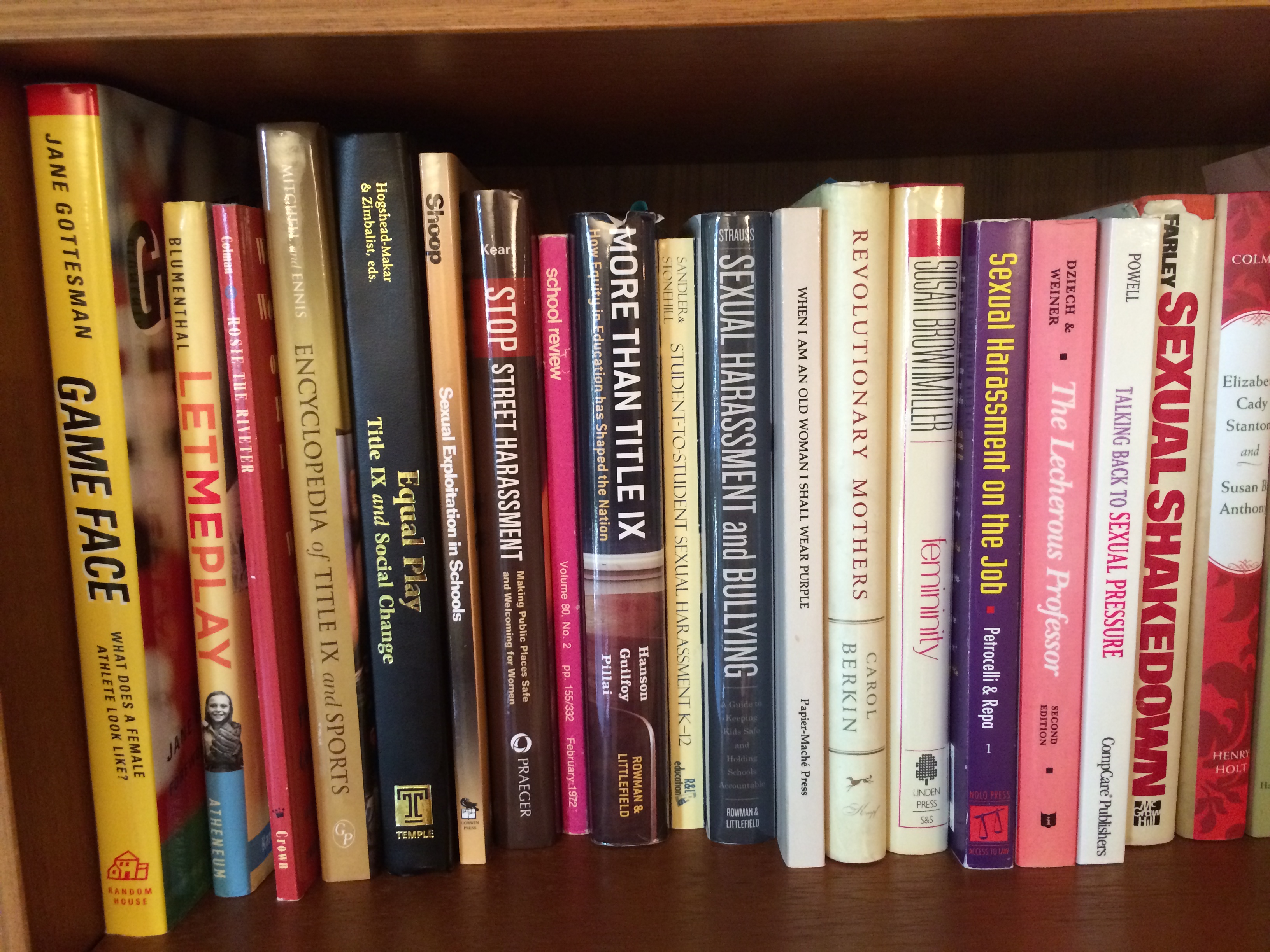Writing the Title IX playbook on sports
A non-athlete played a profound role in opening up sports to millions of U.S. girls and women. In this video, she talks about what it took to begin writing the playbook for equality in athletics under Title IX.
Margaret Dunkle was in her mid-20s when she joined Bernice Sandler to work on the Project on the Status and Education of Women at the Association of American Colleges just a few weeks after Title IX became law in 1972. The creators and foremothers of Title IX weren’t thinking of sports in the beginning; the law originally was intended to fix discrimination in admissions to graduate and professional schools.
Athletics quickly claimed the center court of controversy, however, once Title IX became law. Dunkle got ahead of the game by gathering as much information as possible and being one of the first to ask, what do we mean by sex discrimination in sports? What does that look like? How can Title IX fix that? She ran her ideas by friendly and knowledgeable attorneys inside the Office for Civil Rights such as Jeffrey Orleans and Alexandra P. Buek to create a 1974 report that defined categories of discrimination in detail. As the Office for Civil Rights developed regulations to implement Title IX, it borrowed from her work to generate an “athletic laundry list” of things for elementary, secondary, and post-secondary schools to consider in determining whether or not they are complying with the law.
Dunkle played another key role too, as co-founder and the first chair of the National Coalition for Women and Girls in Education. Still advocating today with more than 50 groups involved, the Coalition formed in 1975 and organized crucial defensive maneuvers to protect Title IX from seemingly endless attacks. There were so many Congressional attempts to limit Title IX that the Coalition’s work in those early days felt like “whack-a-mole,” Dunkle said.
Making the Coalition an effective force took preparation time and advance work to get all the groups to agree on a position, a message, a recommendation, or whatever was needed in a particular situation. As in any healthy coalition, there was a lot of process. Dunkle coached the Coalition as its chair to stay on the balancing beam between creative contributions and orderly collaboration to produce meaningful results.
So, when Coalition representatives met with government officials, they stayed focused. They nailed it.
So much so that when Dunkle hosted a 2015 luncheon at which foremothers of Title IX reminisced about its early years, former Office for Civil Rights staffer Deborah Ashford told her, according to Dunkle, “I remember everybody had a script. I’m surprised you didn’t have a script today, Margaret.”
You can see that 2015 discussion, including key players in the Coalition, in a video posted earlier on this blog.
The Title IX regulations went into effect 40 years ago, but the work for equity in school athletics is not done. In the first six days of February 2016 alone, my news feed included Title IX controversies around athletics in Berkeley, Calif., Laramie, Wyo., and Milpitas, Calif., not even counting the many articles related to sexual assaults by college athletes.
With the openings created by Title IX, however, there are plenty of advocates to sub in for Margaret Dunkle and keep chasing the trophy of equal treatment under the law.







